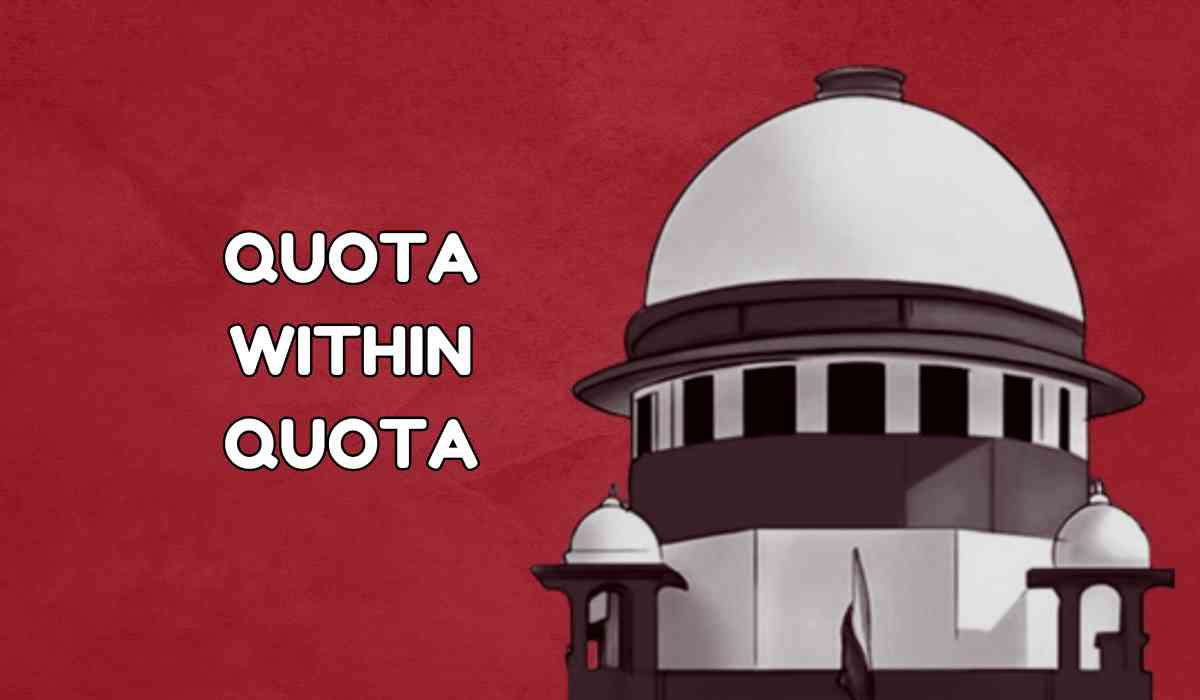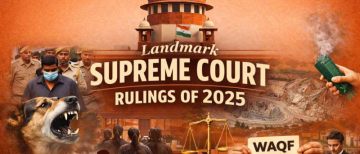In a landmark ruling, a 7-judge Supreme Court bench, led by Chief Justice DY Chandrachud, decided by a 6-1 majority that states can create sub-classifications within Scheduled Castes (SCs) and Scheduled Tribes (STs) to allocate separate quotas for more disadvantaged groups.
Justice Bela Trivedi was the sole dissenter. This decision overturns the 2004 EV Chinniah judgment, which had previously ruled against such sub-classifications, arguing that SCs and STs were homogenous and should not be divided further. The new ruling allows states to better target reservations, aiming to address deeper inequalities within these groups.
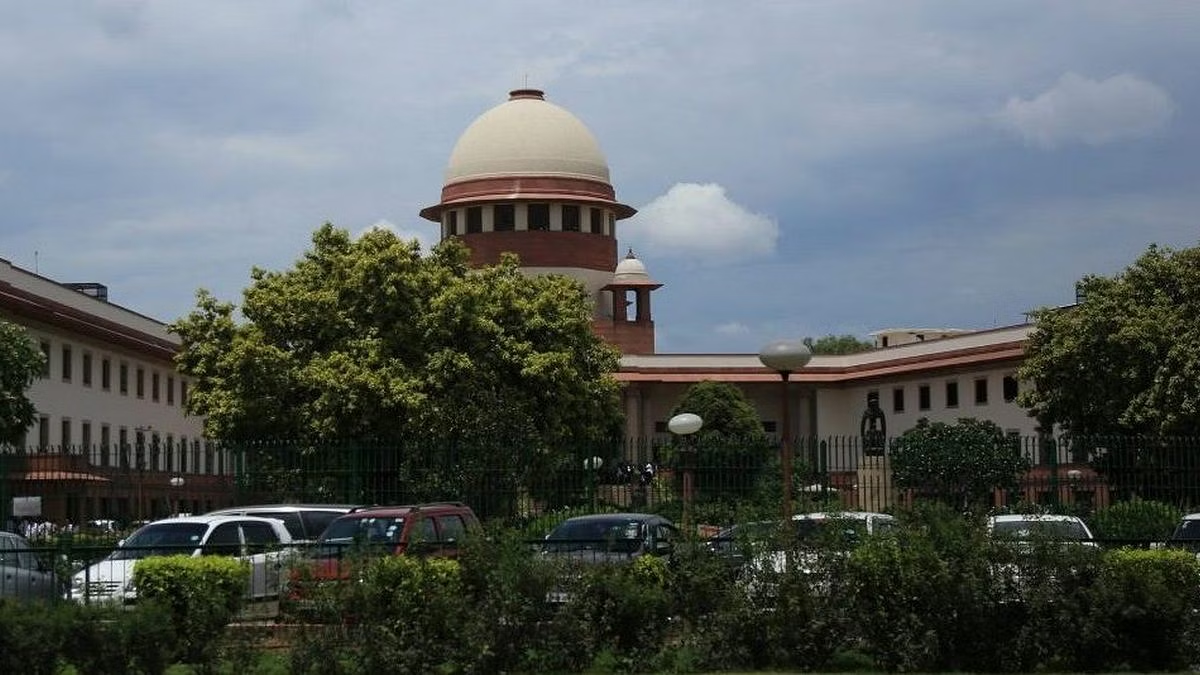
What CJI DY Chandrachud said?
Chief Justice DY Chandrachud, in his judgment, referenced historical evidence to argue that SCs are not a monolithic group. He highlighted that members of SCs and STs often face barriers to upward mobility due to the stigma associated with reservations. He explained that Article 14 of the Indian Constitution allows for the sub-classification of groups that are not similarly situated for legal purposes.
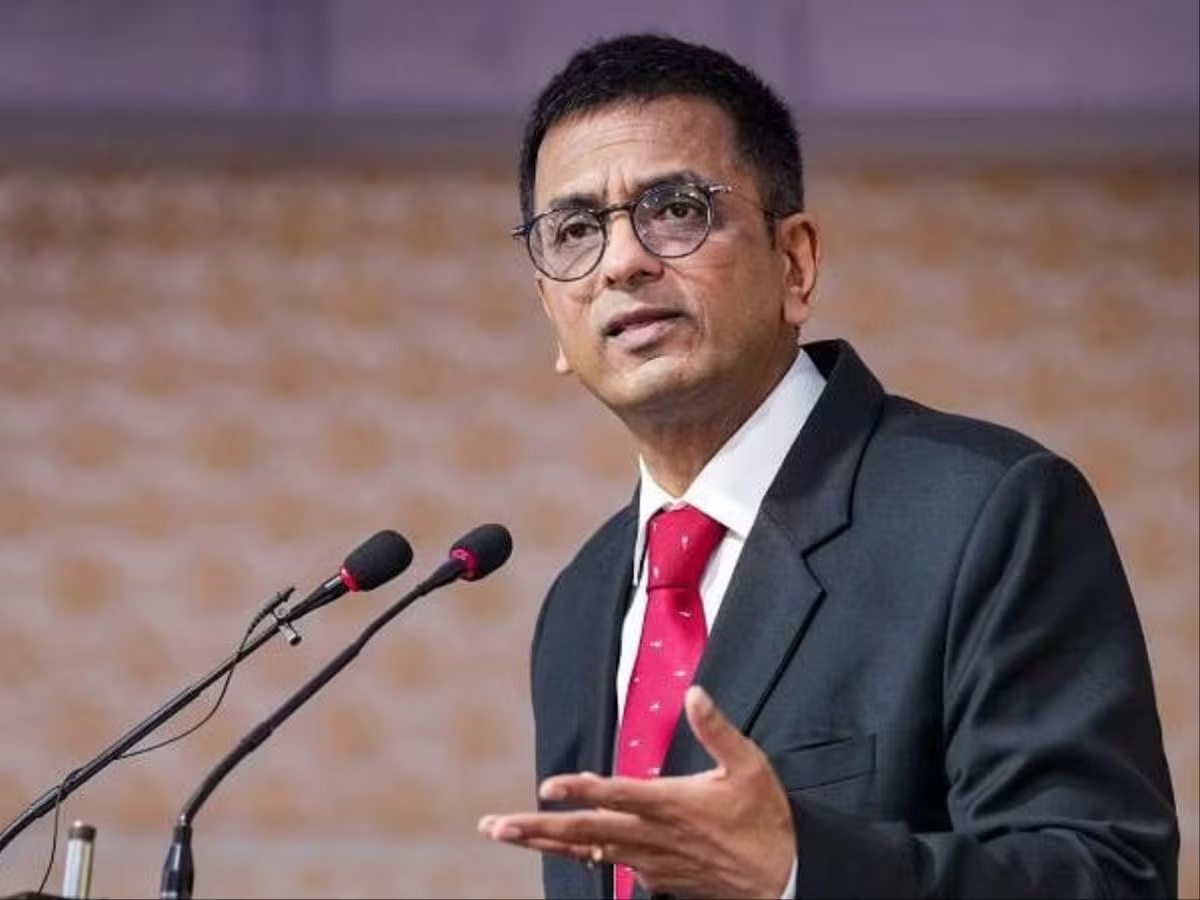
Significance of the Judgement
This ruling is significant for several reasons:
-
Recognition of Internal Disparities: The ruling acknowledges that SCs and STs are not homogenous and that certain sub-castes within these communities have experienced greater levels of oppression and marginalization. By allowing sub-classifications, the decision aims to ensure that reservation benefits more effectively reach the most disadvantaged within these groups.
-
Equitable Distribution of Opportunities: The decision could lead to a more equitable distribution of reserved jobs and educational opportunities. For example, if a certain percentage of seats are reserved for SC/ST categories, preferences could be given to the most disadvantaged groups within these categories.
-
Alignment with Constitutional Principles: The ruling aligns with the principles of equality enshrined in Article 14 of the Constitution. It acknowledges that treating unequal sub-groups as equals does not fulfill the goal of social justice and sets a precedent for future policy-making.
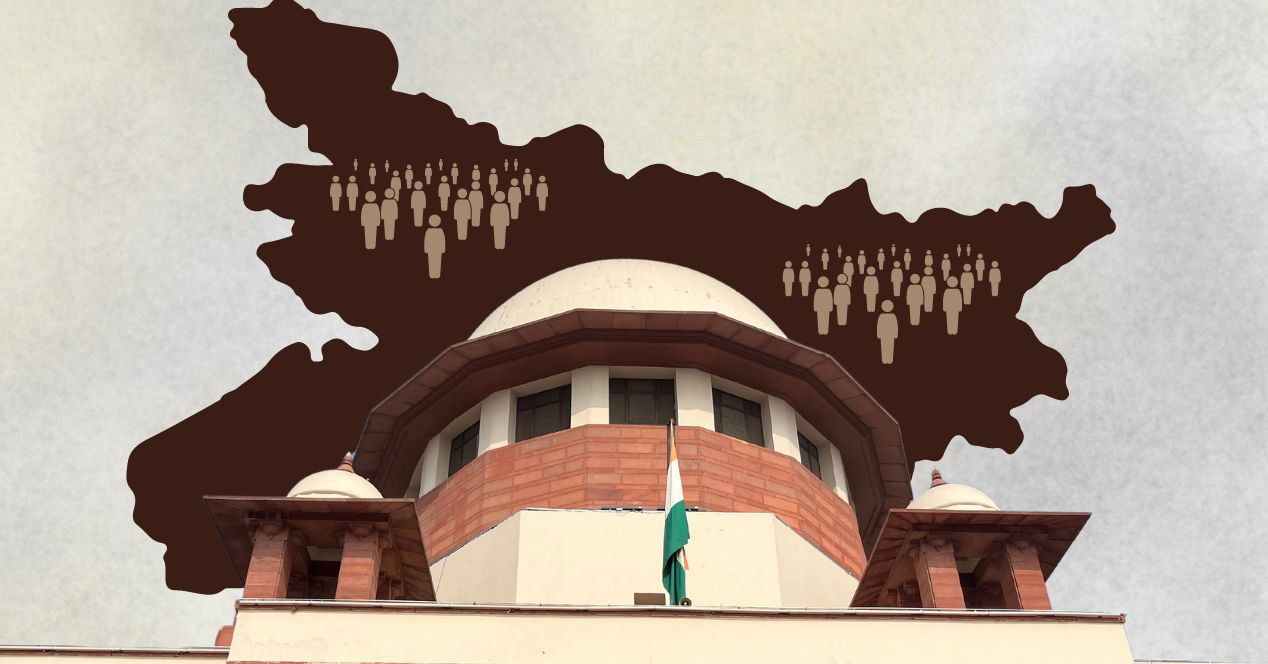
Context of the Judgement
The Supreme Court’s decision arose from a challenge to the Punjab Scheduled Caste and Backward Classes (Reservation in Services) Act, 2006, which involved the sub-classification of reserved communities. The Punjab and Haryana High Court had previously invalidated the act based on the EV Chinniah judgment, leading to an appeal by the Punjab government.
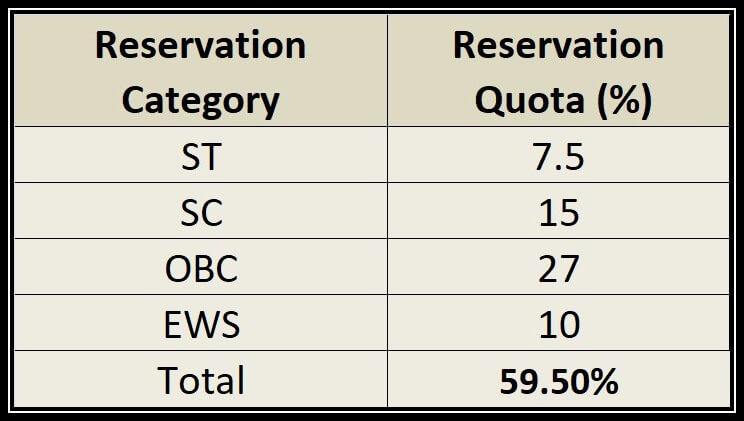
Key Points from the Supreme Court’s Decision
-
Overruling the EV Chinniah Judgment: The Supreme Court reversed the 2004 EV Chinniah judgment which had prohibited the sub-classification of SCs. This reversal marks a shift towards a more nuanced understanding of social inequality within Scheduled Castes.
-
Constitutional Compliance: The Court affirmed that sub-classification does not violate Article 14 (Right to Equality) or Article 341 (identification of SCs) of the Indian Constitution. It clarified that Article 341 does not preclude further categorization based on genuine need.
-
Need for Empirical Justification: States must provide concrete data to justify any sub-classification. This requirement ensures that such measures address real disparities rather than serving political interests.
-
Restrictions on State Actions: States are restricted from earmarking 100% of reservations for any single sub-class to prevent the exclusion of other deserving groups within the SC category.
-
Judicial Oversight: The decision allows for judicial review of state sub-classifications to ensure transparency and adherence to constitutional boundaries.
-
Preferential Treatment for Disadvantaged Groups: The Court emphasized that states should provide additional support to the more disadvantaged sub-groups within SCs to address historical injustices.
-
Introduction of the Creamy Layer Concept: The Court suggested applying the "creamy layer" principle to SCs, similar to its application for Other Backward Classes (OBCs), to exclude more affluent members from reservation benefits.
-
Dissenting Opinion: Justice Bela Trivedi dissented, arguing that sub-classification could alter the Presidential list of SCs, which she believed should only be modified by Parliament. She expressed concerns about potential political manipulation and the balance of state and central authority.
-
Legislative vs. Executive Powers: Justice Trivedi highlighted that only legislative bodies can modify the SC list and cautioned that allowing states to sub-classify might overreach executive powers.
-
Balancing Equality and Discrimination: The ruling aims to balance equality with the need to address discrimination within SCs, providing a framework for targeted support to diverse sub-groups.
This landmark decision represents a significant shift in India's approach to affirmative action. By permitting sub-classifications within SCs and STs, the Supreme Court has potentially paved the way for more effective and equitable reservation policies, addressing the complexities of social hierarchy and discrimination within these communities.
With inputs from agencies
Image Source: Multiple agencies
© Copyright 2024. All Rights Reserved Powered by Vygr Media.

